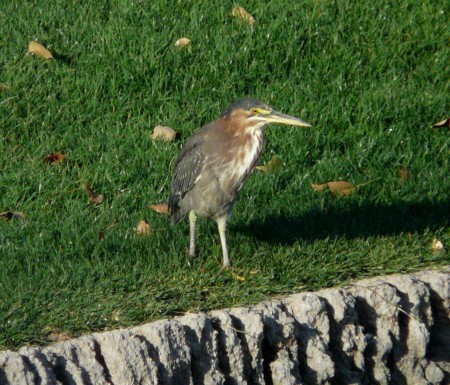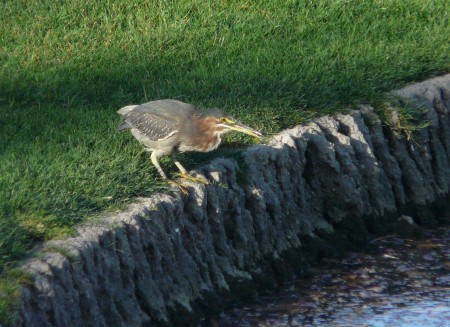I haven’t posted in several days and some of you may wonder why? It’s not that I’ve given up or am less interested in justice for gray wolves. It’s because fighting the relentless persecution of wolves is tiring. I’ve written thousands and thousands of words about the gray wolves’ plight; many, many nights not turning off the lights until the sun had started to rise on a new day. But that’s what being a passionate wolf advocate is all about. I do it because I care.
Let’s take a look back at some of the things, not all, that have happened to wolves and wolf advocates in the last 26 months.
In the Spring of 2009 the Obama administration unceremoniously kicked wolves off the endangered species list, Just mere months after that fateful decision, wolves were being hunted in Montana andIdaho. Has that EVER happened to a…
View original post 854 more words




 Posted by qwerty0
Posted by qwerty0 
































